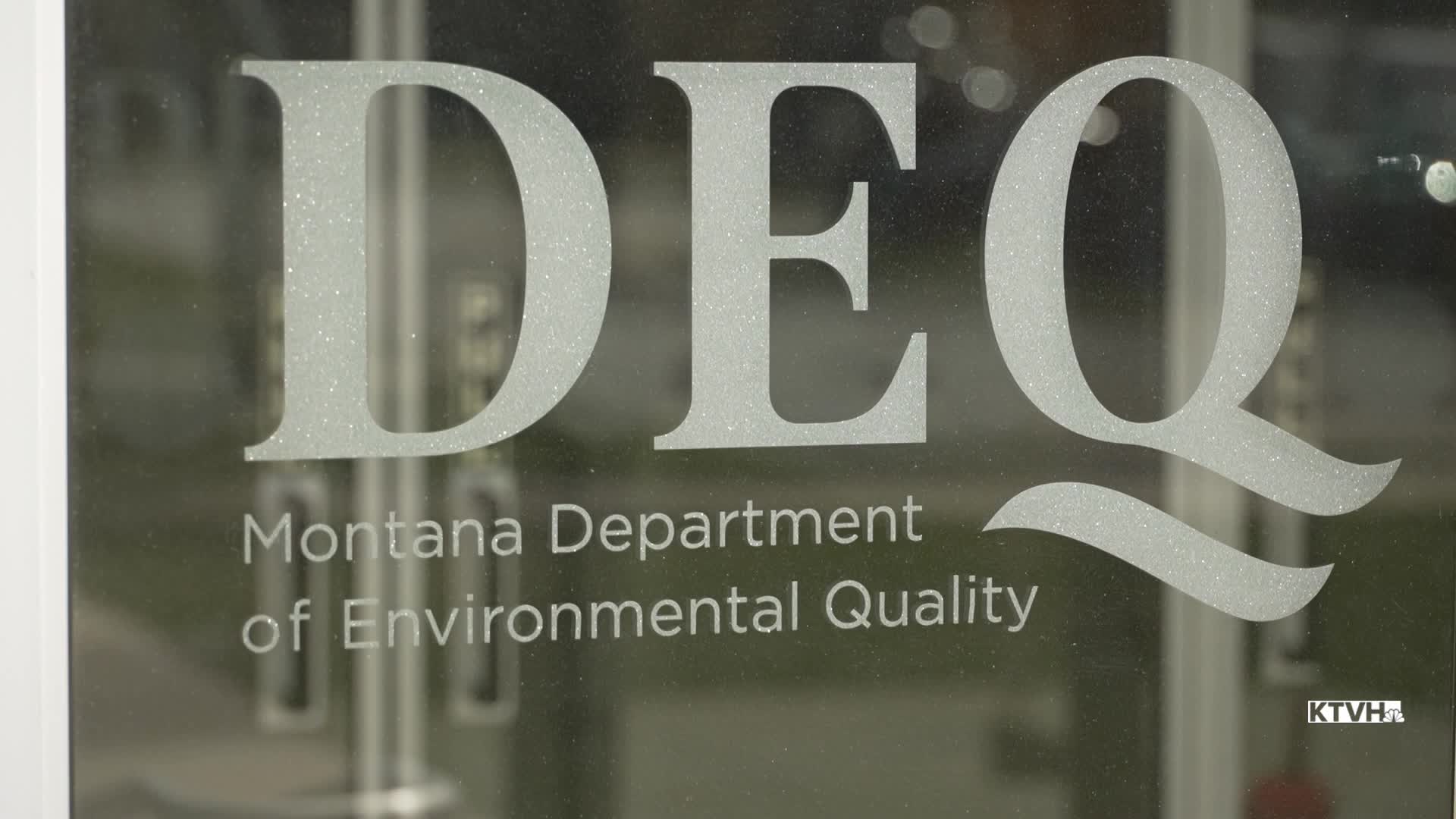HELENA — In the aftermath of the Held climate lawsuit two years ago, Montana regulators began analyzing how proposed projects could affect greenhouse gas emissions. Now, state leaders have released the first draft of a document that will provide more guidance for conducting that analysis.
Watch the video for more on the proposed guidance:
Prior to 2023, Montana law said state agencies couldn’t consider greenhouse gases and their climate impact when doing environmental reviews on planned projects under the Montana Environmental Policy Act. However, in the Held case, the Montana Supreme Court ruled that prohibition was invalid.
Bo Wilkins, chief of the Montana Department of Environmental Quality’s Air Quality Bureau, says DEQ began doing greenhouse gas assessments after Held, but there wasn’t a formalized procedure for them.
During the 2025 Montana legislative session, state lawmakers approved Senate Bill 221, sponsored by Sen. Wylie Galt, R-Martinsdale. It directed DEQ to put together a guidance document for agencies to decide when and how to do these analyses.
“We've gotten influence from both the courts and the Legislature, and now we kind of have a clearer path forward,” Wilkins said.
On October 1, the agency released its draft guidance document. In line with SB 221, it says regulators need to do a greenhouse gas analysis whenever considering a project that mines or burns coal, oil or natural gas. They can do one on other projects if they determine it’s necessary.
The 25-page guidance document also lays out specific tools that agencies can use to calculate the impacts of greenhouse gas emissions – both direct, at the location and the time of the project, and indirect, later impacts like effects on climate change.
The new guidance will be closely watched by groups like the Montana Environmental Information Center. MEIC has sued DEQ, claiming its current greenhouse gas assessments aren’t sufficient to comply with Held.
Executive director Anne Hedges said MEIC saw the draft document as an improvement over the current analysis – but only a small one.
“They have a lot of information in this guidance document; they did a good job of putting it together,” she said. “It's a baby step in the right direction. But then what you see at the end is DEQ constrains its analysis and its decision-making, to a point that it's nearly meaningless again.”
Hedges said the guidance doesn’t do enough to “connect the dots” by linking greenhouse gas emissions and climate change to specific harms in Montana. She also argued it doesn’t dive deep enough into possible economic impacts related to climate.
“By not disclosing the economic harms from the climate emissions, you're not comparing apples to apples when you're making decisions – you are simply comparing all the benefits and none of the costs,” she said. “That is not how MEPA is supposed to work. It is certainly not what our constitution requires.”
The draft guidance document says there’s “inherent difficulty” in attributing effects at the local level to a single source.
“Because GHGs are well-mixed in the atmosphere and climate change is driven by the cumulative total of global emissions, it is difficult to trace specific local outcomes (e.g., a Montana heatwave) back to any single project,” it says. “Nevertheless, every project’s GHG emissions incrementally add to global GHGs and, thus, to cumulative climate impacts.”
Now, DEQ is taking public comment on the draft document. The comment period will remain open through Oct. 30. You can submit your input by email or by mail.
The department is also holding three public listening sessions next week: Monday, Oct. 27, from 6 to 8 p.m. at the Billings Hotel and Convention Center; Wednesday, Oct. 29, from 6 to 8 p.m. at the University Center in Missoula; and Thursday, Oct. 30, from 6 to 8 p.m. at the Delta Hotel Helena Colonial.




